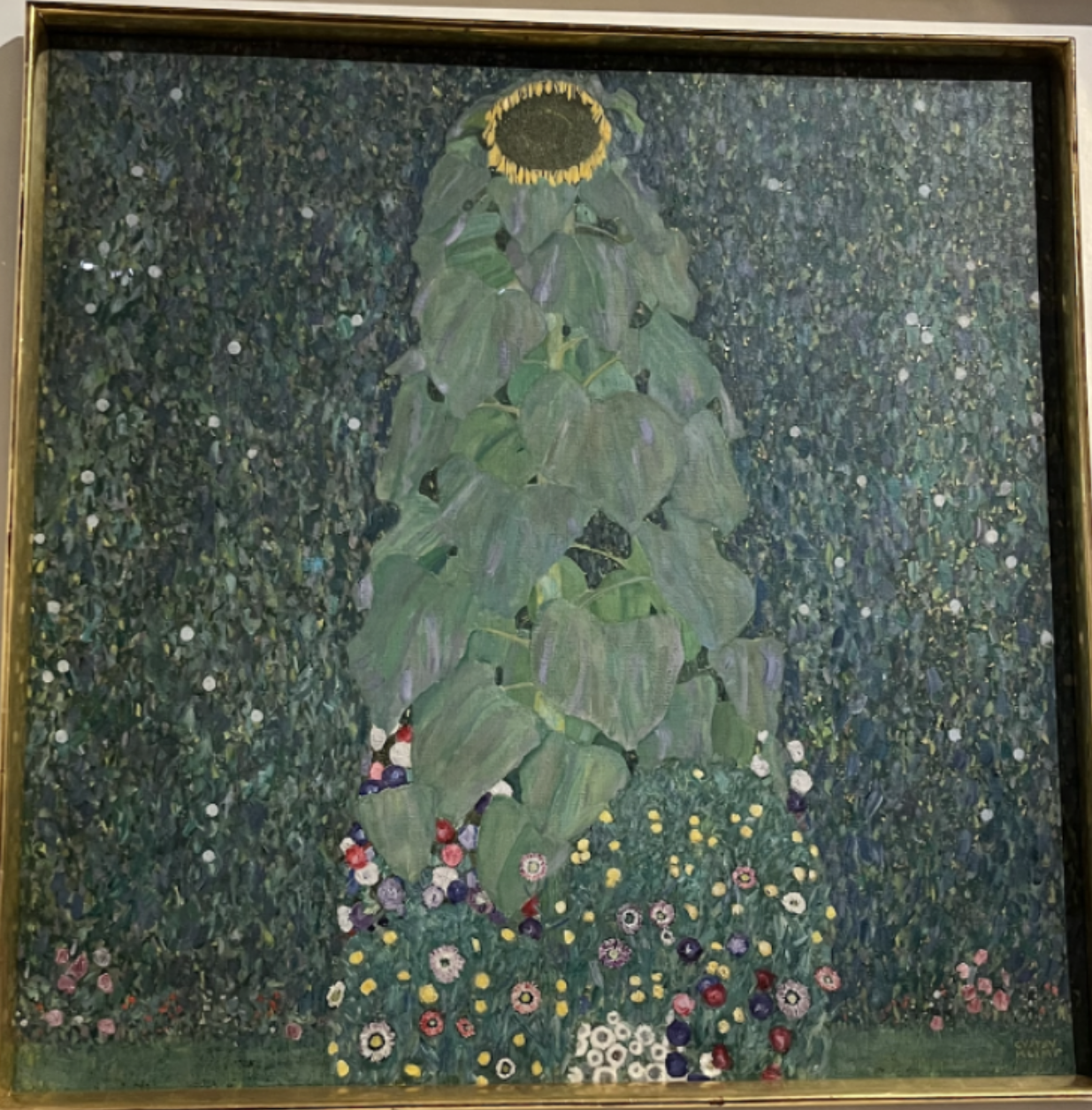Every kiss begins with Klimt. The long lost work of the Austrian painter, Gustav Klimt, resurfaced at an auction on April 22 at the IM Kinsky Auction House in Vienna, Austria. “Portrait of Fräulein Lieser” sold for 35 million euros ($37 million) to Patti Wong, an art advisor and co-founder of Patti Wong and Associates. The painting was purchased on behalf of Wong’s client, the identity of whom was not publicly disclosed. The auction house refused to disclose how it acquired such a work. But the origins of the painting’s subject have given rise to recent speculation and reopened its dark history.
It was 1917 Vienna, 10 years before Adolf Hitler crossed the Austrian border and announced his annexation or Anschluss of Austria in Vienna’s main town square. A daughter of a wealthy Jewish family paid nine visits to Klimt’s Vienna art studio for a commissioned portrait. Klimt’s notebook documents visits from “Lis,” a member of the opulent Lieser family. In 1918, Klimt died from influenza and the portrait remained unfinished. The painting was photographed in his studio in 1920; however, after that its location was unknown.
According to IM Kinsky, the painting might depict one of the two daughters of Henriette (Lily) Lieser, Helene or Annie. Lily Lieser stayed in Vienna until 1942, when she was deported and one year later killed at Auschwitz. Her daughters survived the war and returned to Vienna to gather their assets, but the painting was never recovered.
IM Kinsky stated, “It was these many ambiguities and historical gaps that prompted the current owners to contact the legal successors of the Lieser family and to agree on a ‘fair and just solution’ with them all in 2023.”
Art restitution cases have occurred with some success, including Klimt paintings. A 1915 Klimt painting was stolen by Nazis from the apartment of Amalie Redlich in Vienna. Redlich was deported to Poland and died at a concentration camp in 1941. The painting eventually passed to the Museum der Moderne Salzburg. After an investigation about its provenance, it was returned in 2009 to Redlich’s 83-year old grandson.
“Only the rightful heirs should be the ones to settle with,” Erika Jakubovits, the executive director of Vienna’s Jewish Community, told the New York Times. “A legal opinion on the heirs should be prepared before starting settlement procedures,” she said her view as to who is the legal heir to “Portrait of Fräulein Lieser.”

